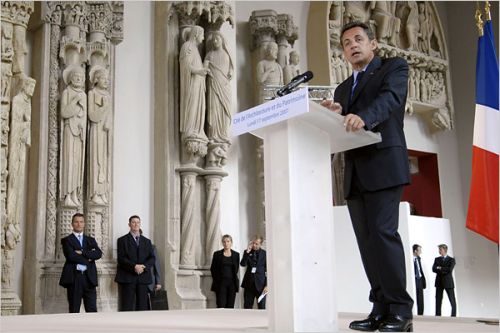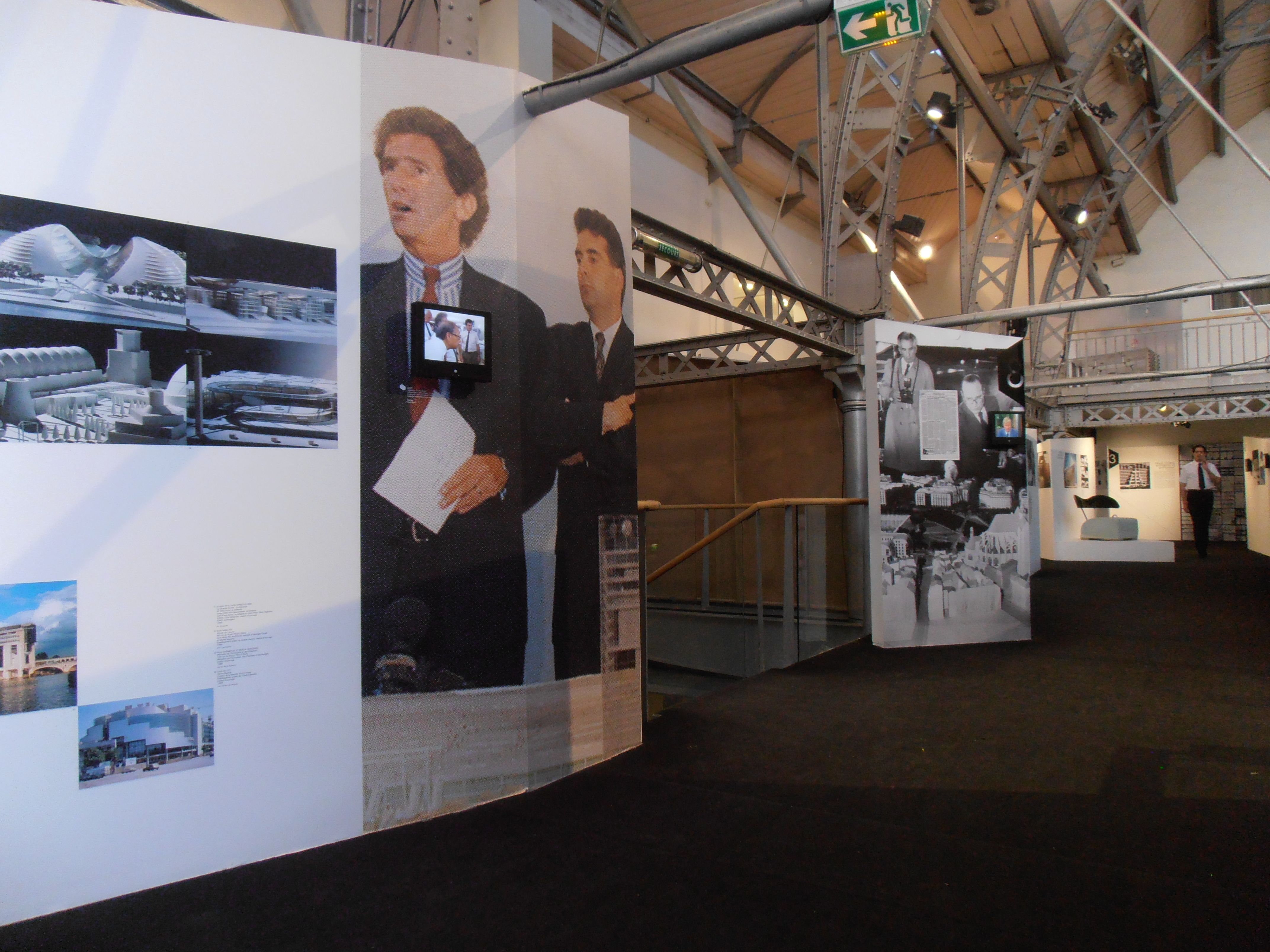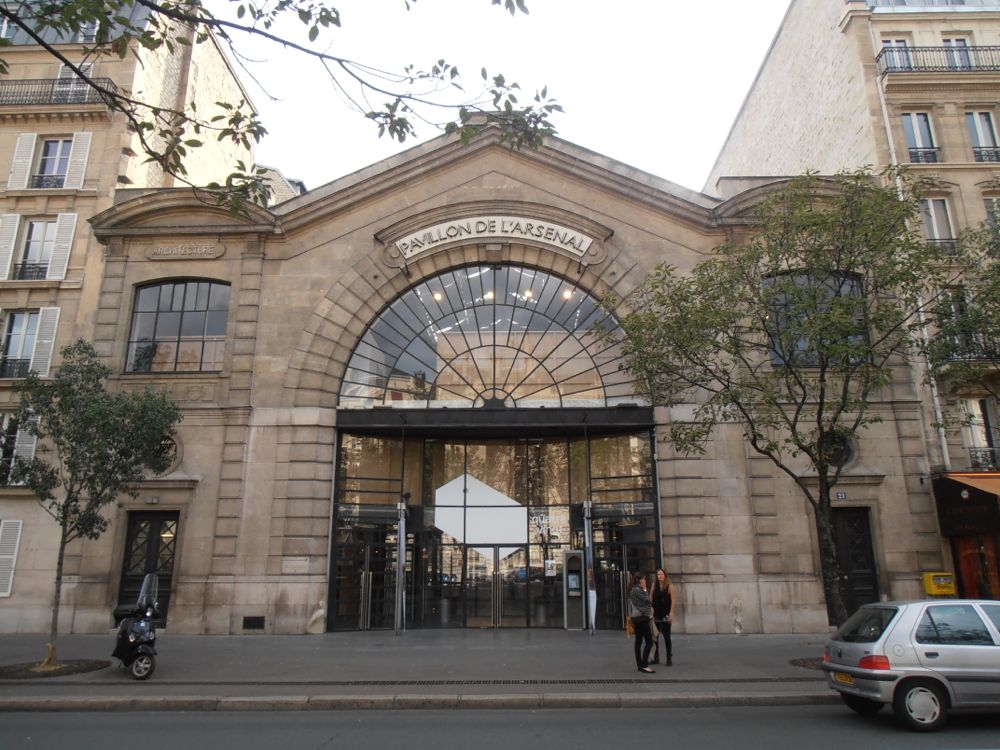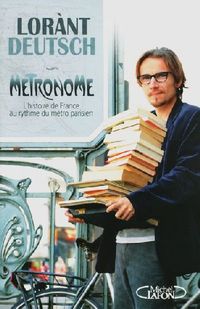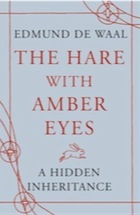[Note: this is part 2 of a series. If you have not yet read it, you might want to start with Part 1: The Launch]
After ten months of work, the output of the international consultation on Le Grand Paris was presented to President Sarkozy on March 13th, 2009. Continue reading Le Grand Paris – Part 2: The International Consultation

